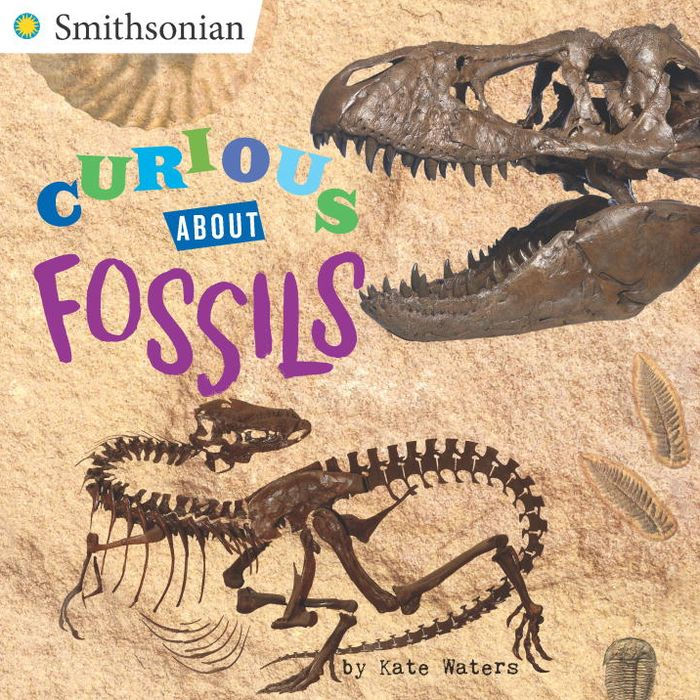This fact-filled, colorful book looks at the amazing world of birds.
Stewart provides an intriguing look at birds, the ecosystems that support their survival, and the efforts of some people to save them. Glorious full-color illustrations vividly and accurately depict birds and their surroundings. A Place for Birds opens readers’ minds to a wide range of environmental issues and provides instruction on how to help protect birds in their communities.
From the Publisher
A useful addition to science collections
Children's Literature - Margaret Orto
Melissa Stewart skillfully juxtaposes discussion of ways that human action has harmed various bird populations over the years with description of the many efforts people are now making to save various bird species. Stewart uses specific examples to illustrate how people can make a difference. She then broadens her specifics into a generalization of how to help birds survive in a particular habitat or with a particular type of behavior. For example, she reveals how, in the 1990s, people in Chicago began dimming or turning off the lights in skyscrapers during the migratory season in order to save thousands of hermit thrushes who use the stars to navigate. These birds were crashing into city buildings because they mistook their bright lights for the navigational stars. Not only has this policy saved thousands of birds, it has also saved energy. She then summarizes in clear and simple language saying, "When office workers and building owners turn off extra lights during the migration season, birds can live and grow." Other ways she suggests that people can help birds survive include protecting parts of beaches and other natural areas, building nesting boxes, avoiding the use of dangerous chemicals, and fencing off areas where farm animals live so that they cannot destroy and dig up the plants that native birds eat. A final full-page spread addresses children directly and offers concrete ways they can help birds thrive, including starting a wildlife garden in a backyard or neighborhood. Higgins Bonds's full-color and dramatic illustrations allow readers to view birds up close and in vivid detail. Reviewer: Margaret Orto
School Library Journal
Gr 2-4 In an attractive picture-book format similar to that of A Place for Butterflies (Peachtree, 2006), Stewart and Bond describe ways that human behavior interferes with bird survival in specific situations and suggest simple means of solving each problem ("When people create new grassy areas, birds can live and grow"). Realistic double-page acrylic paintings feature a particular species living in the depicted environment. Piping plovers, hermit thrushes, bald eagles, and others-some encountered across the United States, others familiar in much smaller regions-appear here. Brief text running across the top of each scene begins with the problem on the left-hand page and states a counter measure on the right; an inset provides a small portrait of the bird introduced in the larger view and a bit of information about its needs. Two final entries comment on the importance of these creatures to other living things and suggest bird-helping activities for children. Maps of North America and Hawaii, each indicating the habitat range for one of the species, appear on the endpapers. Constructed as a set of conservation lessons with minimal information about the birds or their habitation, this title will most likely find use in sparking classroom discussion.-Margaret Bush, Simmons College, Boston
Kirkus Reviews
An accessible introduction to environmental issues, this title focuses on the effects, good and bad, that human behavior has on birds, highlighting the progress that we've made toward living in harmony with our winged friends and acknowledging problems still not solved. The rhythmic main text highlights birds' needs and what people can do to see that they are met. Insets on each page then provide specific examples to drive the point home. For instance, one spread explains that some birds need thick woodlands in which to make their homes. The accompanying inset tells the story of the spotted owl, which, though once facing the possibility of extinction due to the loss of its habitat, saw its chances for survival increase dramatically when Congress worked to protect old-growth forests in the 1990s. This format, with general statements foregrounded and examples included as insets, is effective and engaging, and Bond's acrylic illustrations depict realistic scenes with a crisp vibrancy. Put this one in the hands of budding scientists, environmentalists and nature lovers. (selected bibliography) (Informational picture book. 6-10)
Read More
















